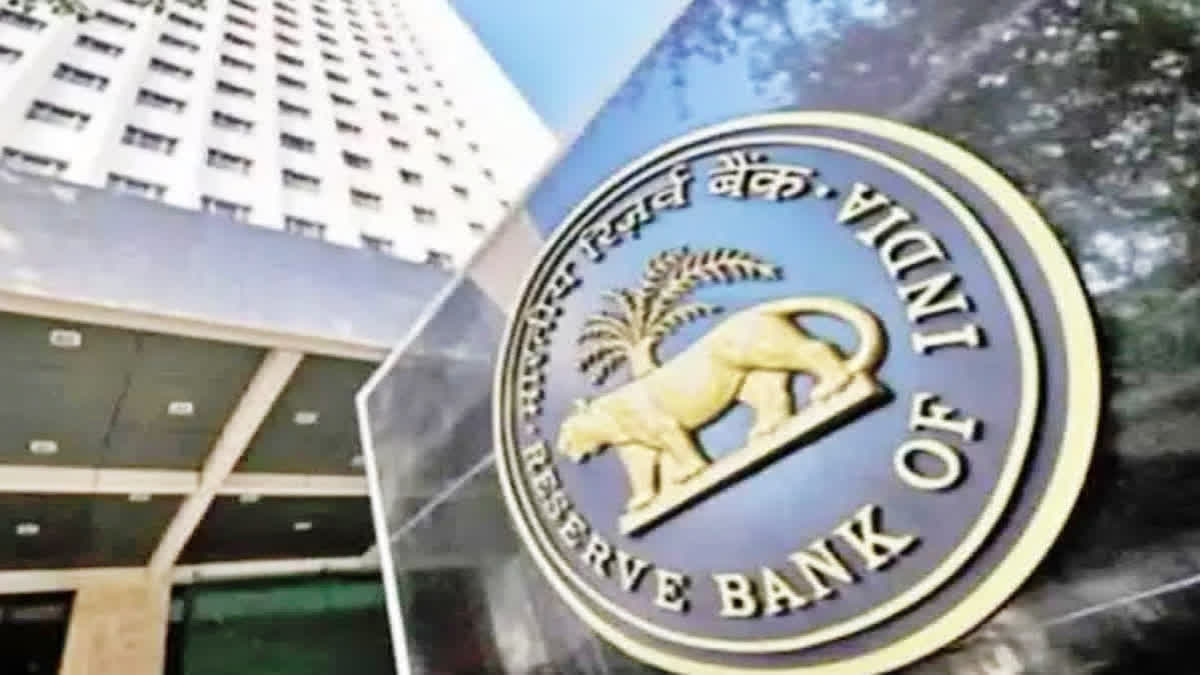In a big relief for consumers and policymakers, India’s retail inflation, measured as the Consumer Price Index (CPI), is projected to remain below five percent for three quarters of the next financial year, as per the latest projection made by the Reserve Bank of India earlier this month.
In its last monthly bulletin for the year released on December 13, the Reserve Bank said that the retail inflation will decline to 5.2 per cent during the April-June period next year, and it is expected to sharply decline to 4 percent in the second quarter (July-September 2024) and then marginally rise to 4.7 percent during the third quarter (October-December 2024) period.
For more immediate future, the RBI said that the average CPI inflation for the current financial year had been projected at 5.4 percent as the retail price index was expected to be 5.6 per cent during the third quarter (October-December 2023) and 5.2 per cent in the fourth quarter (January-March 2024 period).
Explaining the reason behind these projections, RBI Governor Shaktikanta Das said since the last policy, CPI headline inflation moderated to 4.9 per cent in October from 7.4 per cent in July this year.
“The moderation was observed in all components of CPI – food, fuel and core (CPI excluding food and fuel). There has been broad-based easing in core inflation which is indicative of successful disinflation through monetary policy actions,” said the RBI Governor. Das, however, warned that the near-term outlook is masked by risks to food inflation which might lead to an inflation uptick in November and December.
“This needs to be watched for second-round effects,” he said. Das said due to these reasons, the monetary policy committee (MPC) decided to keep the policy repo rate unchanged at 6.50 per cent in the meeting held early this month. The persistence of inflation pressures across various sub-groups, such as cereals, pulses and spices, and pick-up in inflation in eggs, fruits and sugar, however, has kept food inflation in October still elevated.
The MPC sets the policy interest rates in the country under Section 45ZB of the Reserve Bank of India Act of 1934 to maintain the retail inflation target set by the government for the RBI under Section 45ZA of the RBI Act. Under Section 45ZA of the RBI Act, the Central Government sets the inflation target for the RBI for a five-year period which has been set at 4 percent with a margin of 2 percent on both sides.
Why is the RBI optimistic in bringing down inflation?
According to the latest official data, food inflation, which was in double-digits in July, has since then moderated to 6.2 per cent in October with the correction in vegetable prices. Secondly, the Fuel inflation has slipped into deflation since September primarily reflecting the sharp fall in LPG prices at the end of August.
